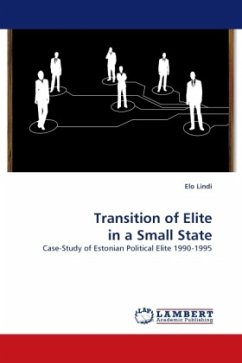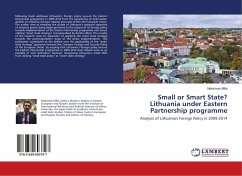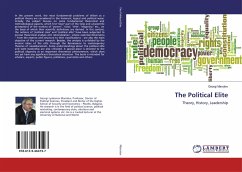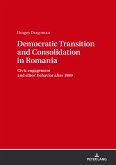The fall of communism in late 1980s and the rise or restoration of several states in Central and Eastern Europe afterwards heightened the interest in the influence the elite configuration could have on the democratisation process. In the opinion of several authors it was the structure and conduct of the elites during the transition period that had the decisive importance for the success or failure in building a democratic state. This book concentrates on analysing the changes in Estonian political elite during the years 1990-1995 and comparing these to the neighbouring countries Latvia and Lithuania. As the tool for it, a rather unique combination of elite transformation theories and small state theories has been utilized. The aim of the analysis was to depict, to what extent being a small state influenced the rather succesful democratization of the state. In addition to the case-study of Estonia, the book provides a short overview of classical elite studies (up to year 2001) as well that of the rather unknown small state theories.
Bitte wählen Sie Ihr Anliegen aus.
Rechnungen
Retourenschein anfordern
Bestellstatus
Storno








